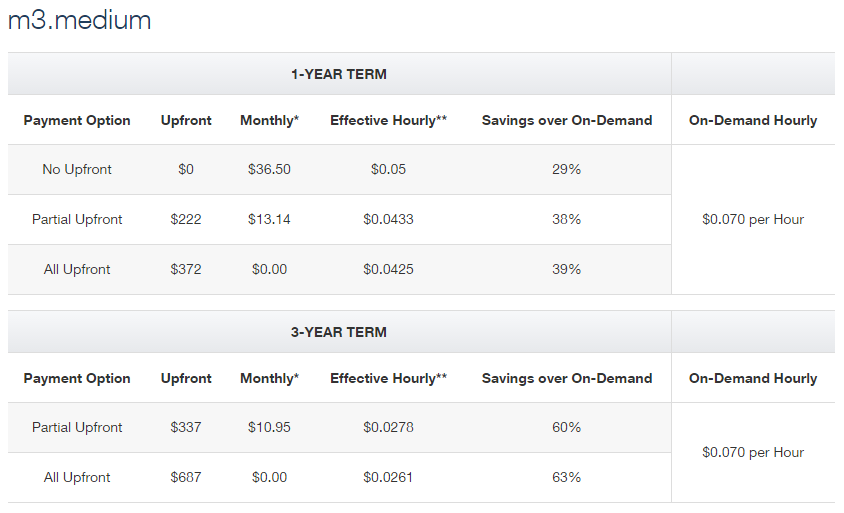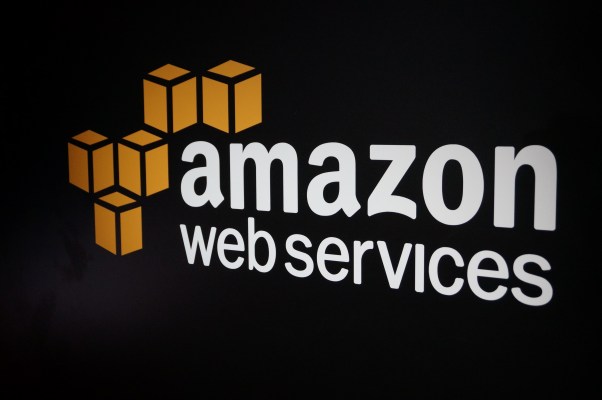Amazon Web Services is making some major changes to how it charges for reserved EC2 instances — a move that seems to be at least partially motivated by the changes Google announced earlier this year.
As Amazon announced today, developers can still pay upfront for the full term of the instance (either one or three years), but in addition to this, they can also pay only a portion of the reserved instance up-front cost and then pay the rest later for a slightly higher price. They can also opt to pay nothing up front, but commit to pay for the instance over the course of the contract. The last option, however, is only available for one-year commitments.
All of these options offer major savings over Amazon’s on-demand pricing, but both of the new options offers fewer savings than paying everything up front.
What’s gone now is the differentiation between light, medium and heavy utilization — all of which used to come with their own prices. Instead, there is only a single type of reserved instance now.
As Amazon notes, this greatly simplifies the pricing model for these instances.
Here is what this new pricing model looks like for a standard m3.medium instance running Linux:

Earlier this year, Google announced that it was doing away with reserved instance pricing for its Cloud Platform service altogether. Instead, the company now offers an automatic discount to users who utilize an instance for a longer period. AWS isn’t going quite as far with today’s announcement, but it does now offer developers a bit more flexibility in how they pay for reserved instances.
